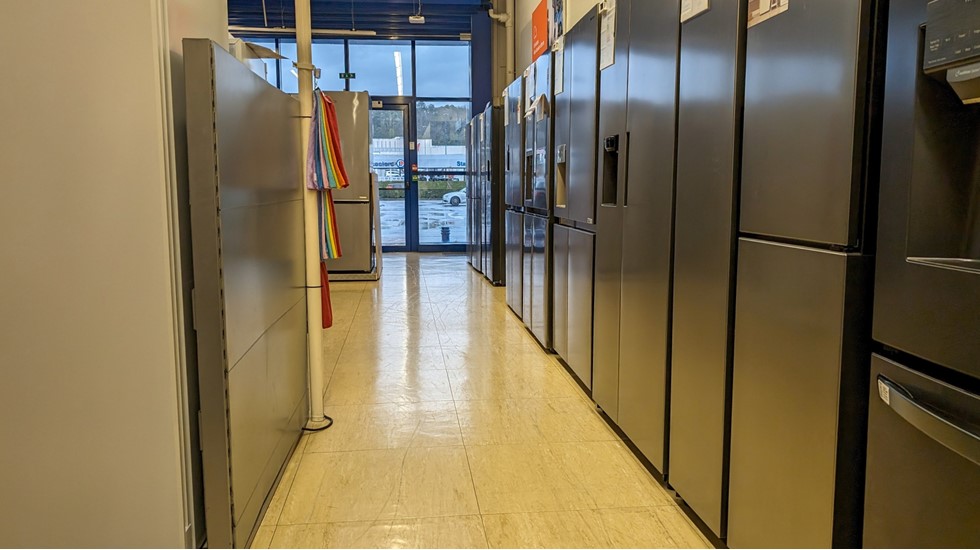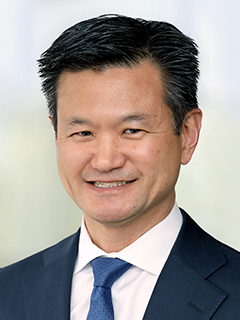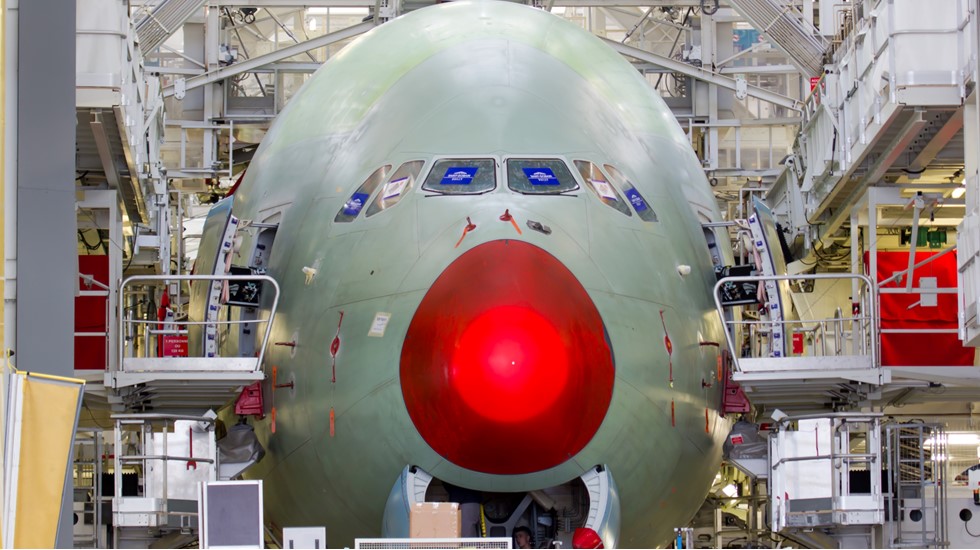Tariff pause ignites surge in manufacturing
Transportation orders rebounded sharply.

June 26, 2025
May durable goods orders surged 16.4%, rebounding from a 6.6% drop in April. May chalked up the largest increase since July 2014 and handily beat the consensus expectation for an 8.5% rise. A jump in aircraft orders boosted the headline number. Even without that, ex-transportation orders rose 0.5%, a healthy outcome despite the continuing uncertainty of tariffs and where they will ultimately land.
Transportation orders surged 48.3%, fueled by a 231% rise in nondefense aircraft orders. Boeing booked 303 new plane orders in May versus just eight in April. Orders for motor vehicles and parts also showed growth, rising 0.6% after a 3.2% drop in April.
Away from transportation orders, the report showed broad-based gains. Computer and electronic products orders rose 1.5%, aided by data center buildouts associated with gen AI. Electrical equipment orders rose 0.8% for the same reason due to the required connectivity to the grid to power AI applications. Fabricated metals orders rose 0.7%, machinery orders increased 0.3% and primary metals advanced 0.1%.
Defense equipment orders rose strongly, increasing by 31.6%, the largest rise in three years, after a 14.9% increase in April. Defense orders are likely benefiting from a tailwind, given the geopolitical situation in the Middle East.
Orders for nondefense capital goods excluding aircraft, a proxy for business capital spending on equipment, rose 1.7% after a 1.4% drop in April, putting the investment outlook on a better footing. A June survey of manufacturing executives showed better sentiment. S&P Global’s manufacturing purchasing managers' index (PMI) came in at 52.0 in June, the same reading as in May. Above 50 readings indicate expanding activity.
Core capital goods shipments rose 0.5% after no change in April. These data feed into the calculation of business fixed investment and suggest the second quarter could be stronger than the 3% annualized contraction we were forecasting for the second quarter.
The stagflationary scenario we see unfolding is expected to pose a considerable challenge to both business and household spending.

Ken Kim
KPMG Senior Economist
Bottom Line
While no change in overall business fixed investment for the second quarter might appear to be a better outcome than a contraction, it is still no growth after all. Tariff uncertainty persists so the stagflationary scenario we see unfolding is expected to pose a considerable challenge to both business and household spending in the second half of 2025.
Explore more

Capital spending appears to be slowing
The primary drag was aircraft orders.

KPMG Economics
A source for unbiased economic intelligence to help improve strategic decision-making.

Walking a tightrope: Biannual economic outlook
Aggressive rate cuts could destabilize the bond market.
Subscribe to insights from KPMG Economics
KPMG Economics distributes a wide selection of insight and analysis to help businesses make informed decisions.